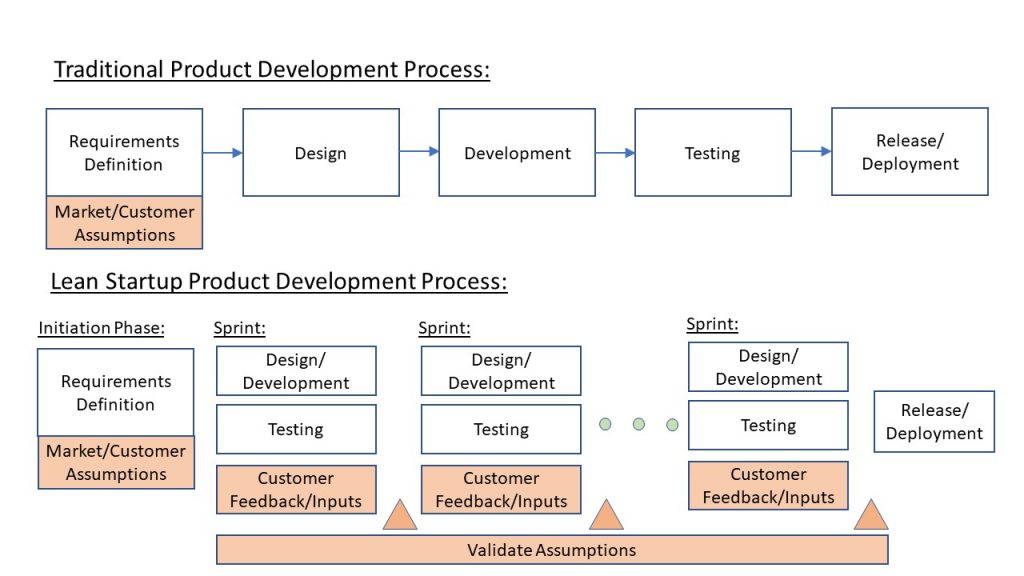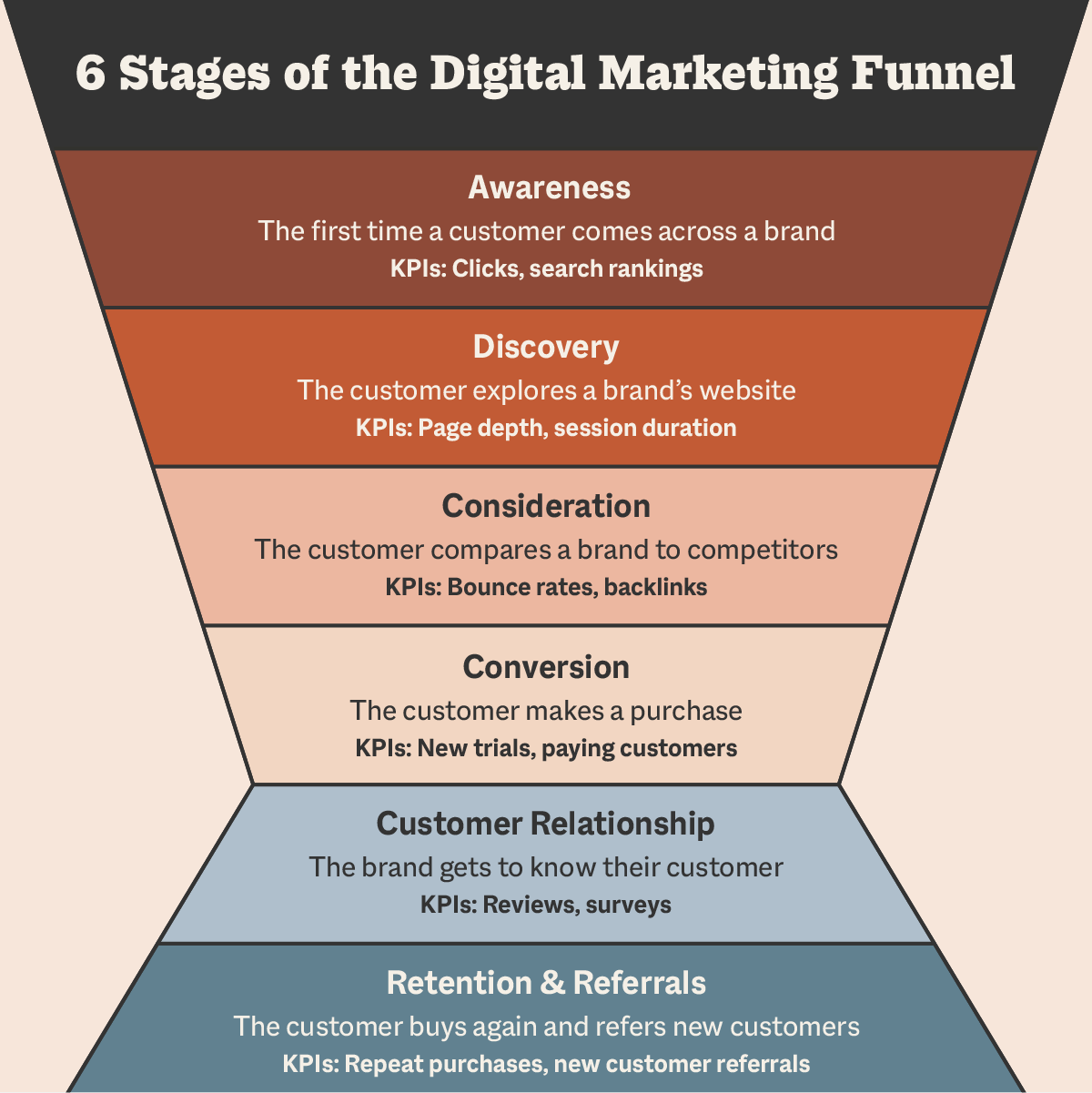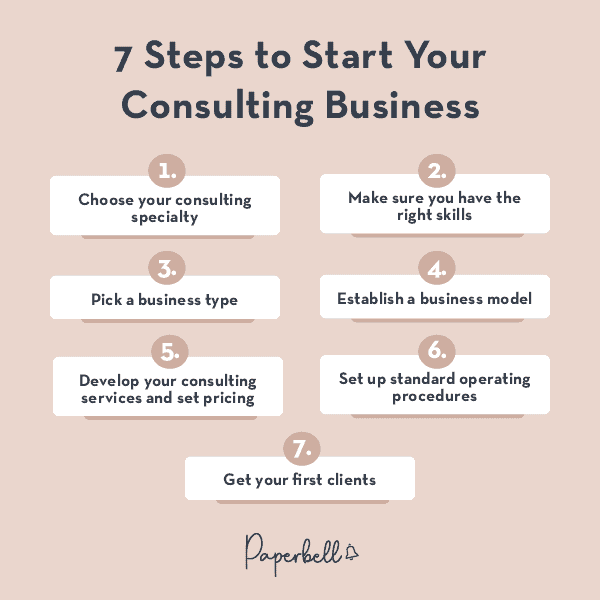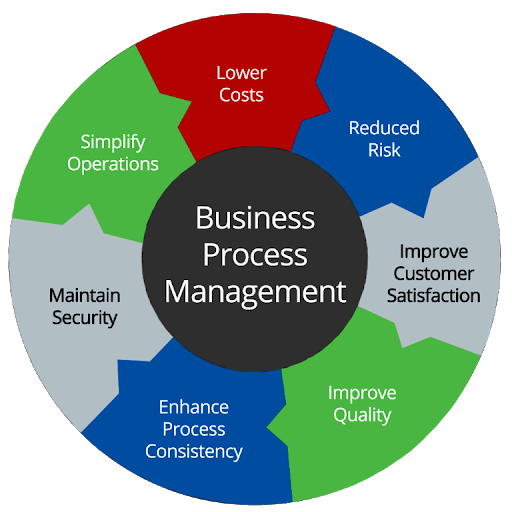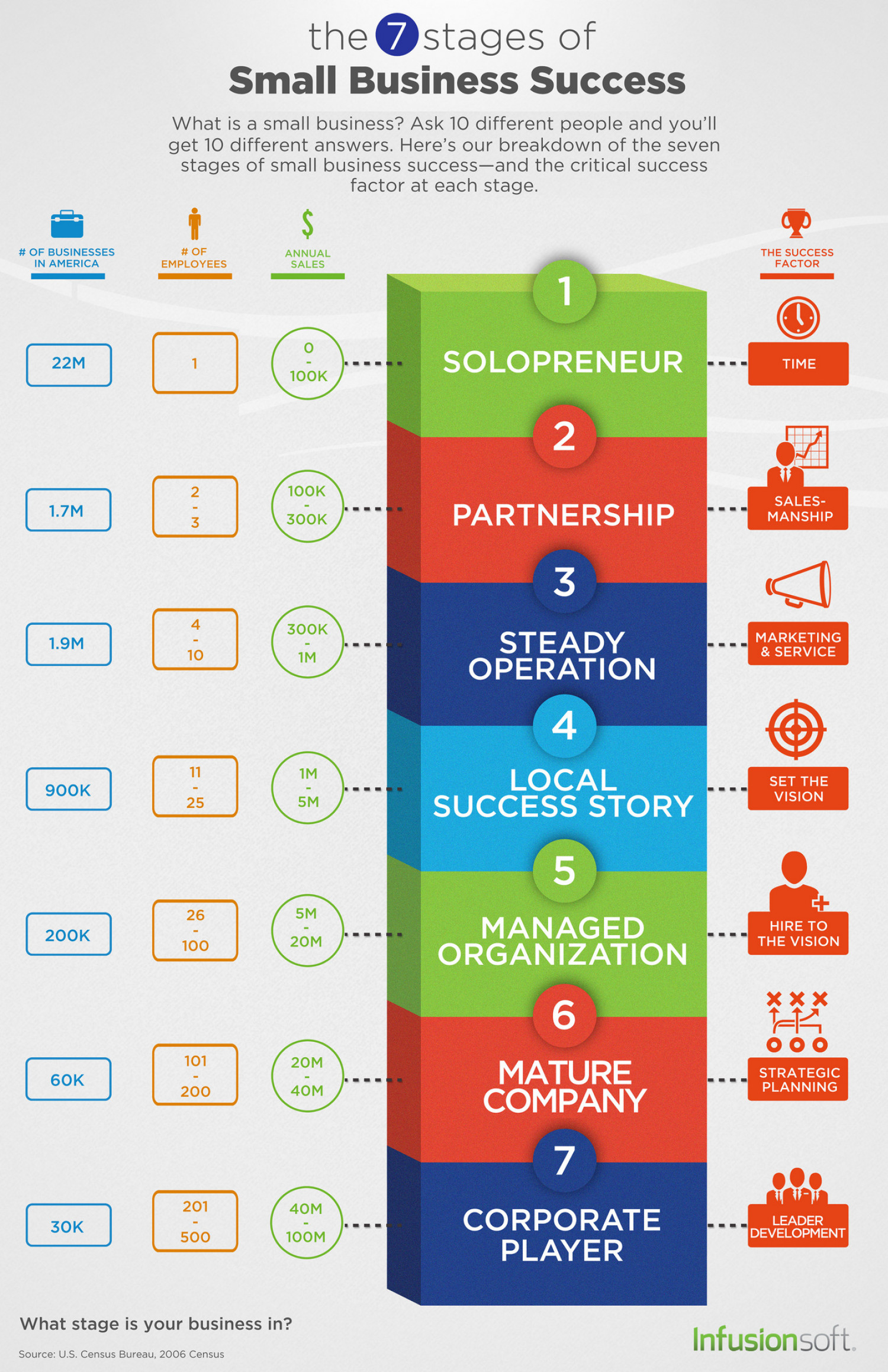Product Development – A Guide to Building Your Business Successfully
In today’s competitive marketplace, successful product development is essential for building a thriving business. Whether you’re a startup or an established company, having a structured approach to developing new products can make all the difference. By following this comprehensive guide, you’ll gain valuable insights into the product development process and learn how to optimize your efforts.
1. Market Research:
To begin, conduct thorough market research to identify opportunities and validate your product idea. Analyze your target audience, competitors, and trends to understand customer needs and preferences.
2. Idea Generation:
Next, brainstorm and generate ideas for your product. Encourage creativity within your team and consider customer feedback. Look for innovative solutions or improvements to existing products.
3. Feasibility Analysis:
Evaluate the technical and financial feasibility of your product ideas. Assess the required resources, potential risks, and estimated costs. This analysis will help you prioritize and select the most viable ideas.
4. Concept Development:
Transform your selected idea into a tangible concept. Create sketches, diagrams, or prototypes to visualize and communicate your product’s features and benefits. Seek feedback from potential customers to refine your concept.
5. Product Design:
Based on the concept, proceed to design the product. Consider aesthetics, functionality, and user experience. Use CAD software or work with professional designers to create detailed product specifications.
6. Prototype Development:
Build a working prototype to test the functionality and design of your product. It allows you to identify potential issues, make improvements, and gather valuable feedback. Iteratively refine your prototype until you achieve the desired results.
7. Testing and Validation:
Conduct thorough testing to ensure your product meets quality standards and user expectations. Perform functionality tests, reliability tests, and user acceptance tests to validate your product’s performance. Seek feedback from target customers and incorporate necessary changes.
8. Manufacturing and Supply Chain:
Select appropriate manufacturing methods and establish relationships with vendors or manufacturers. Create a robust supply chain to ensure the timely production and delivery of your product. Implement quality control measures to maintain consistency.
9. Marketing and Launch Strategy:
Develop a comprehensive marketing and launch strategy to create awareness and generate interest in your product. Define your target audience, craft compelling messaging, and choose effective marketing channels. Leverage digital platforms, social media, and influencers to maximize reach.
10. Monitoring and Improvement:
Continuously monitor the performance of your product in the market. Collect and analyze data to identify strengths, weaknesses, and areas for improvement. Actively seek customer feedback and use it to enhance your product’s features or address any shortcomings.
Implementing these steps in your product development process will enhance your chances of building a successful business. By focusing on market research, idea generation, concept development, prototyping, testing, manufacturing, marketing, and ongoing improvement, you’ll create products that resonate with customers and drive business growth.
Remember, successful product development is an iterative process that requires adaptability and a customer-centric approach. By staying agile, embracing feedback, and continuously innovating, you’ll position your business for long-term success.
Now it’s time to put these insights into action and start building the next big thing in your industry. Good luck!
Note: Ensure that your website adheres to SEO best practices by optimizing your content with relevant keywords, using appropriate meta tags, and creating an easy-to-navigate structure. Consulting an SEO specialist can provide further guidance.







